If you prefer, you can also listen to the audio version of this article:
This year, I participated in the #plasticfreejuly challenge.
For months, I’ve been trying my best to reduce plastic use from everyday life. But it wasn’t until I took on the challenge that I became motivated to look into all the areas of my life where plastic was present. And to find ways to reduce it, step-by-step.
But let’s take a step back for a second. Why reduce plastic, you might ask?
I don’t know exactly how this awareness grew in me, but I think it first started with wanting to take a more minimalist and mindful approach to consumption overall. The less I consumed, the more I looked into the quality of the items I purchased and their impact on the environment.
This opened the doors to learning about the negative impact of fast fashion on our planet (and the local communities that produce it) and the incredible amount of waste that the textile industry produces.
This is an art installation called Clothing the Loop which reminds us it takes 2700 litres of water to produce one cotton t-shirt.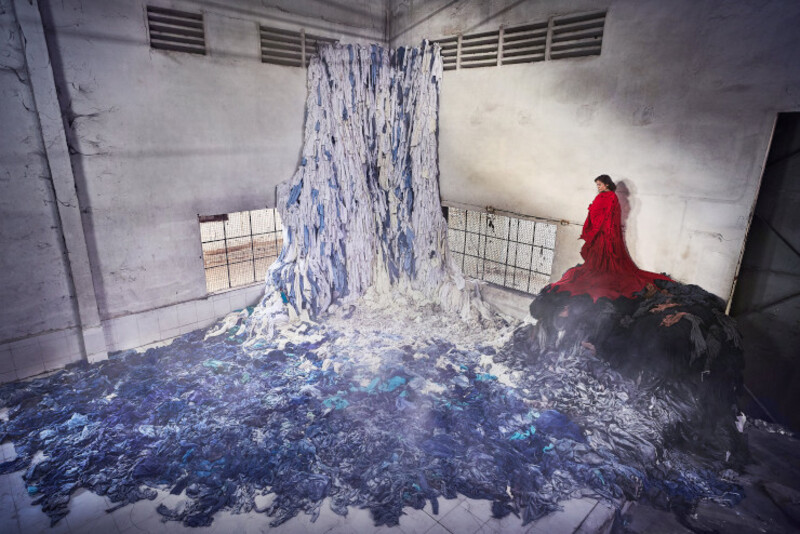
Then the larger topic emerged: plastic.
Plastic and it’s persistent presence in every single aspect of our lives. The amount of resources it requires to produce, and the impact it has on the wellbeing of our planet: from CO2 emissions, ocean pollution, to marine life endangerment.
Just to paint a picture: Every day, approximately 8 million pieces of plastic pollution finds its way into our oceans.
It really hit me when I saw turtles being entangled in beer six pack rings, and birds in New Zealand’s beautiful virgin islands found dead because they ingested plastic mistaking it for food.
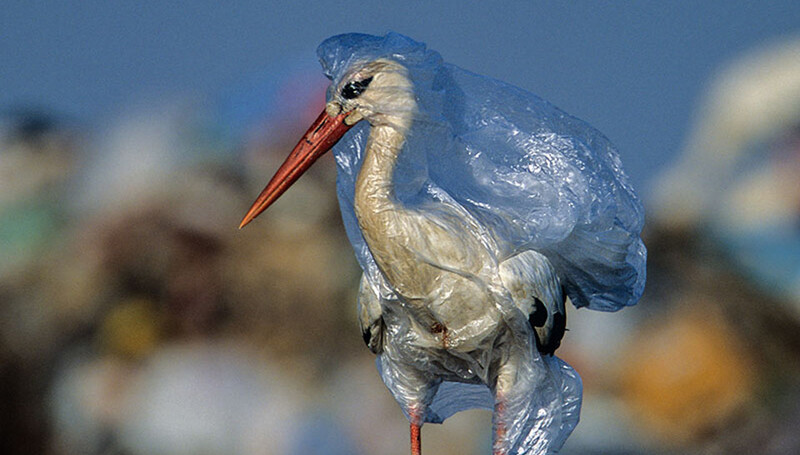
If fish eat plastic, we eat it too. In fact, we eat the equivalent of one plastic credit card per week!
The statistics are shocking and the problem is growing at a scary pace. Did you know that there is an area in the middle of the ocean called The Great Pacific Garbage Patch? The plastic floating there is three times the size of France.
Image Source: National Geographic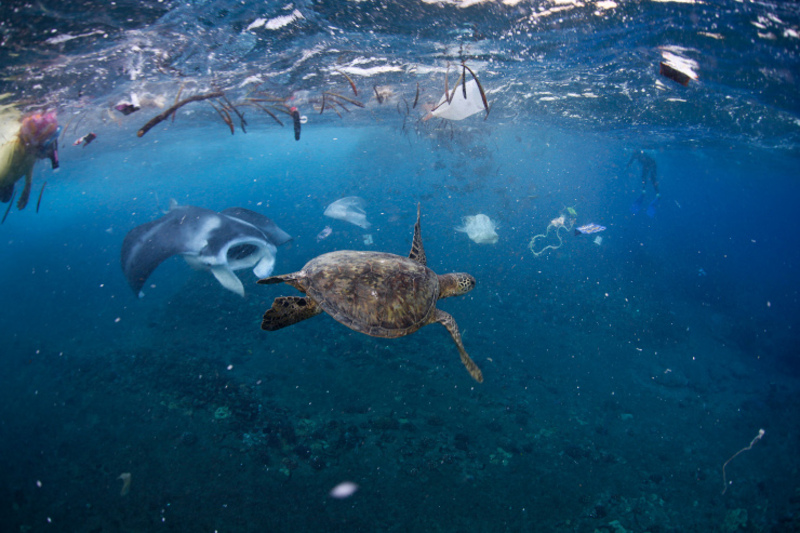
I don’t know about you, but it scares the hell out of me to think that this is where we’re heading.
The thing about plastic though, is that the top ocean-polluting items, such as cigarette butts and single-use plastic bottles, could actually be reduced very easily. This goal is attainable if only more people knew about this problem and dared to do something about it.
If only...
This brings me back to July and going plastic free for the whole month.
It wasn’t easy at all.
Living without plastic meant I had to change my shopping habits. I had to stop buying certain products or foods simply because they always came in plastic, and basically had to redesign a few areas of my life.
Switches I made in my bathroom including a bamboo toothbrush, cotton makeup removers & solid shampoo bars among others.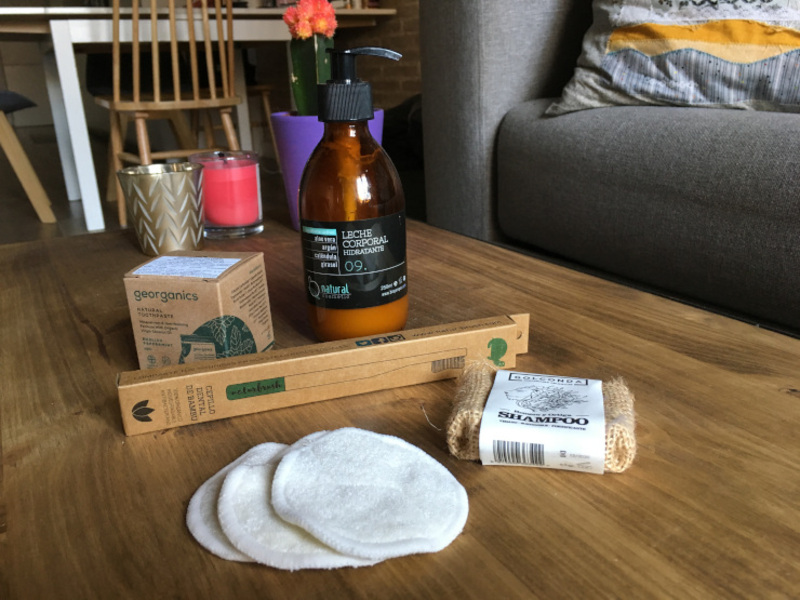
There was one thing that stuck with me during this month. One of the simplest ways to reduce plastic was to stop buying water bottles. Can you believe that, in Spain alone, we use 3,500 million plastic bottles every year?
So I invested in a glass bottle and took it with me wherever I went.
But I quickly encountered a problem.
I could refill my bottle at home and in my coworking space, but in no other place in Barcelona. This is because the tap water here, although rich in minerals, is also full of calcium and chlorine which makes it taste awful.
This meant I often ran out of water on the go. I could perhaps ask to refill it in cafes or restaurants, but not many offer filtered water, so I’d end up buying a plastic bottle to refill my glass one. It didn’t make any sense.
Then I had a thought:
“Wouldn’t it be perfect if I could enter any space in Barcelona: a nearby cafe, an eco-shop around the corner, my yoga studio, a museum I visit on the weekends, or a pharmacy (where I need to take a pill), and simply have my bottle refilled with filtered, drinkable water?”
I then did some research on Barcelona, but found it extremely difficult to find accurate data on recycling - likely due to lobbying from certain companies. But the reports I found said that only 30% of plastic in Barcelona is being recycled, a very grim statistic.
Image Source: Global Eco Forum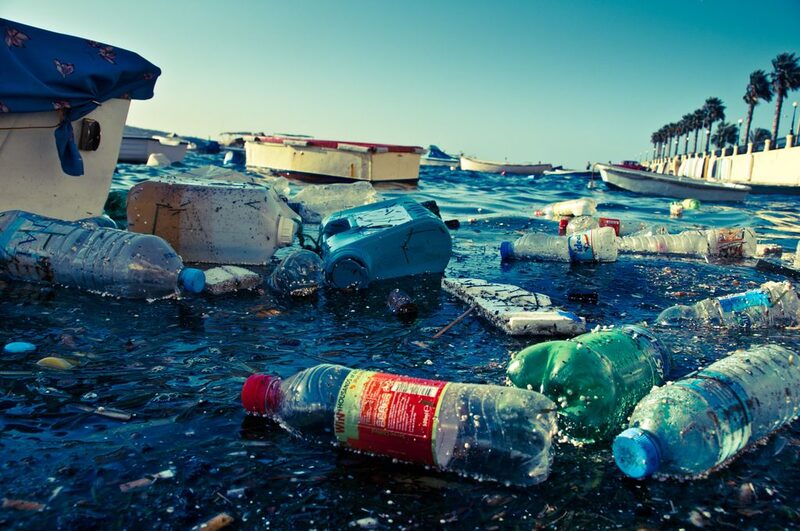
According to this report, there are 50 tons of plastic present on the seabed in the Barcelona area. And it is plastic that fishermen often find in their nets instead of their daily catch. It also doesn’t help that 15 million tourists visit this city every year. Barcelona beaches are full of plastic and cigarette butts. It’s outrageous!
At that moment, I thought to myself: "Sure, I can make (a very small) difference as an individual and become a zero waste ambassador spreading awareness however I can. Or, I can do that AND work on something that can have a much bigger impact on a city level."
I looked at initiatives from incredibly inspiring people such as Boyan Slat, CEO of The Ocean Cleanup, and I knew I wanted to help by concentrating on the source of the plastic problem.
The Ocean Cleanup plans to clean 1000 most polluting rivers in the world by 2025 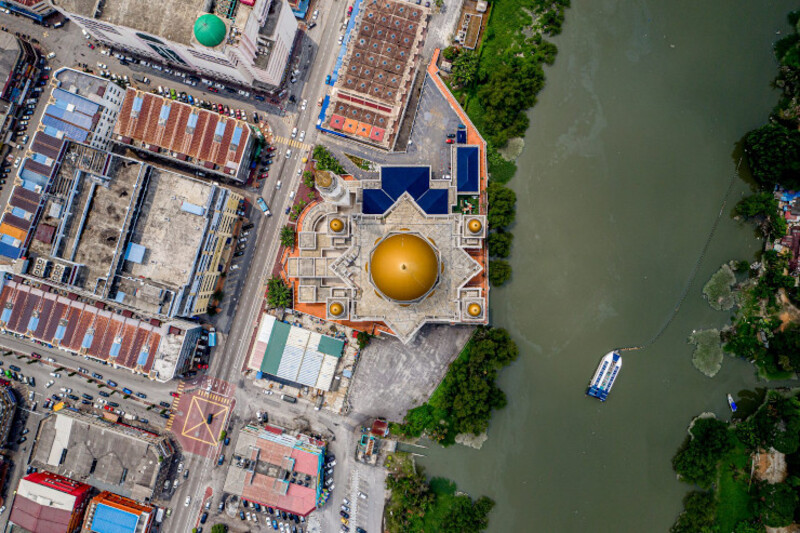
Just imagine the impact if just 1% of Barcelona’s population stopped buying their statistical one-and-a-half bottles of water per week. We could reduce over 1 million plastic bottles a year! And this is just 1%.
This is how the idea of Refill Aqua was born
The concept is simple.
We’ll set up water refill stations around the city putting them inside shops, cafes, coworking studios, and everywhere we can. All those stations can be easily found through a mobile app, where people can identify the closest refill station to them. Or, they can also look for stickers on shop windows that say: “Refill Your Bottle Here.”
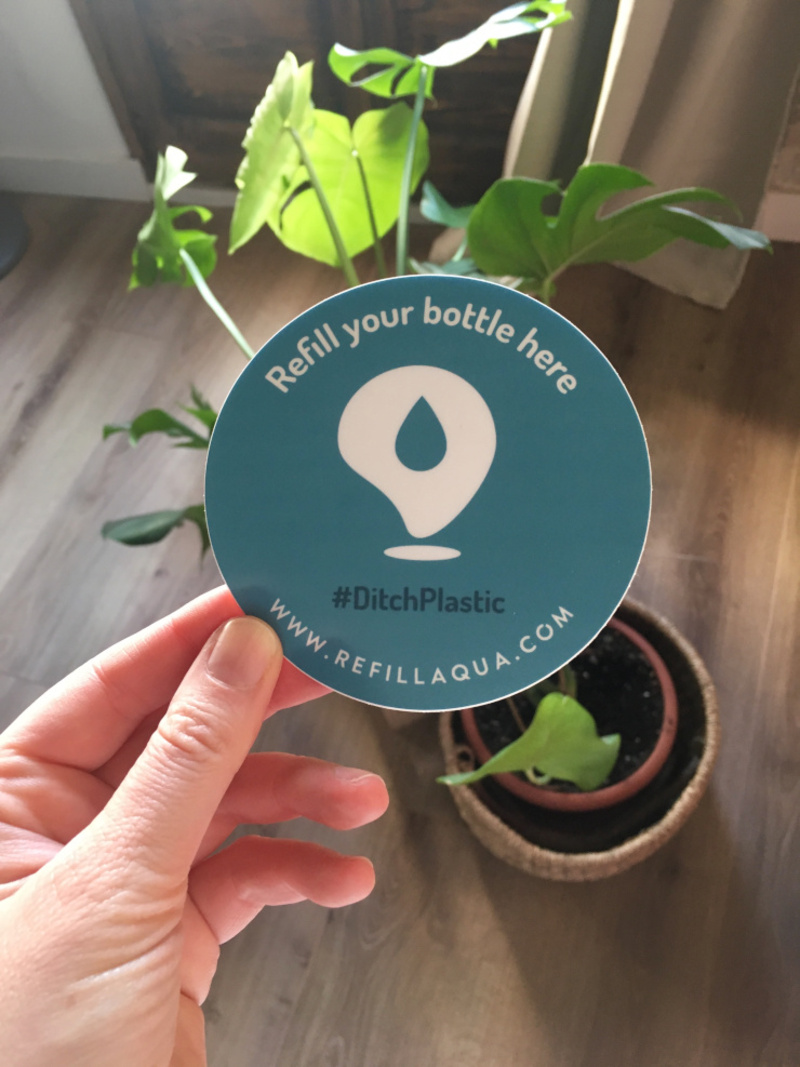
This is what we’re currently working on, and I’m incredibly excited to share it with you!
Refill Aqua app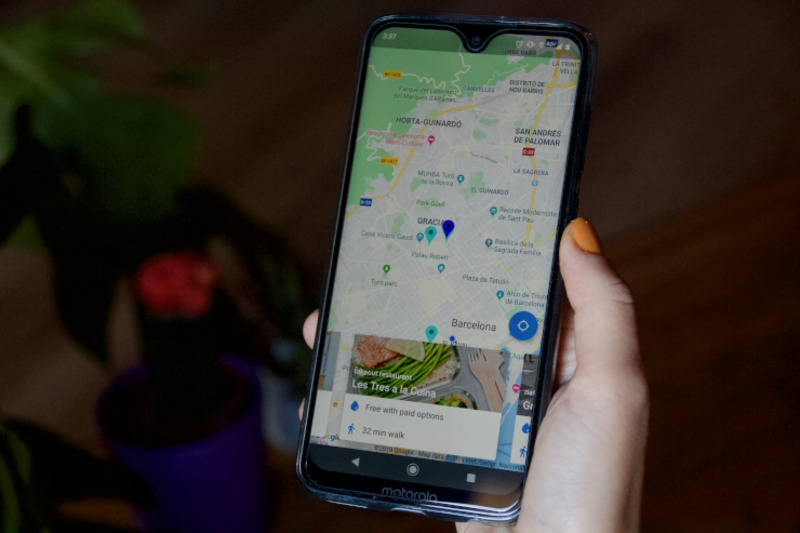
This concept is by no means new. There are similar initiatives all around the world, which I came across when I started looking into implementing this in Barcelona. There’s Refill UK, Refill my Bottle in Asia, or Cleanwave in the Balearic islands and we are proudly joining them from this corner of the world.
Our first refill station in Barcelona
There’s this quote that really resonates. It says:
"We don't need a handful of people doing zero waste perfectly. We need millions of people doing it imperfectly" – Anne-Marie Bonneau
I hope this movement will be part of a much-needed mindset shift. I hope that it changes the way people think about buying single-use plastics, and that it shows them there is another way of consuming through the circular economy.
I hope more people realize that it’s simply not OK to purchase something, only to throw it away a few minutes later. Especially because the truth is, waste stays with us for a really long time. For up to 450 years, in the case of plastic. And who wants to swim in an ocean with more plastic than fish?
So, my only question is: Will you be part of the change?
If you want to stay tuned about our project, let us know by filling out the form below. We will email you as soon as we launch!
If you own a business in Barcelona and would like to become a ‘Refill Station,’ let me know!
Or maybe you’re a regular person, like me, that’s equally worried about the state of our planet and plastic pollution. And you’d like to help us spread the word in your neighborhood in Barcelona, or have some collaboration ideas. Send me an email - I’d love to work with you!
Marta & Alex

Marta Olszewska
Co-founder of Refill Aqua striving to reduce single-use plastic waste. Marta is also a marketing consultant and growth mentor helping startups tell better stories through content.